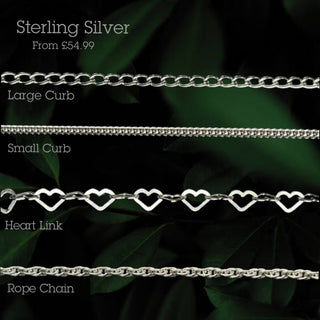The Ultimate Guide to Ear Piercing: A Comprehensive Guide for Safe and Stylish Piercing
Ear piercing is a popular cosmetic procedure that has been around for thousands of years. It is a great way to enhance your appearance and express your personal style. However, with so many different types of ear piercings and jewellery options available, it can be difficult to know where to start. This guide is here to help you understand everything you need to know about ear piercing, including the different types of ear piercings, how to care for your new piercing, and what to expect during the healing process.
Types of Ear Piercings
There are many different types of ear piercings to choose from, each with its own unique look and feel. Some of the most popular types of ear piercings include:
-
Lobes: The lobe is the most common type of ear piercing, and is typically the first piercing many people get. It is a simple and easy to heal piercing that can be adorned with a wide variety of jewellery styles.
-
Cartilage: Cartilage piercings are located on the upper part of the ear and can be performed in several different locations, such as the helix, tragus, and conch. These piercings are a great way to add some edge to your look, but they do take a little longer to heal than lobe piercings.
-
Industrial: The industrial piercing is a unique and eye-catching type of piercing that connects two holes in the ear with a single barbell. This piercing is best suited for those who want to make a bold statement with their piercing but is very anatomy dependant so speak to your professional piercer to see if you are suitable for this amazing piercing.
-
Conch: The Conch piercing is a relatively popular type of piercing that is located on the inner shell of the ear. It is a great option for those who want a unique and subtle piercing with loads of jewellery options when healed such as rings!
Choosing the Right jewellery
Once you have decided on the type of ear piercing you want, the next step is to choose the right jewellery. There are many different options to choose from, including studs, hoops, barbells, and captive bead rings. It is important to choose jewellery that is made from high-quality materials such as ASTM F136 or F1295 Implant grade titanium or 14K Gold and above, it also should be appropriate for your type of piercing.
Jewellery should be properly sterilised to minimize the risk of infection as well as handled in a safe clean manner, The size and gauge of the jewellery should also be appropriate for the type of piercing you have. Your piercer should be able to help you choose the right jewellery for your piercing.
Caring for Your Piercing
Caring for your new piercing is important to ensure proper healing and to prevent infection. Some tips for caring for your piercing include:
-
Cleaning your piercing regularly with sterile saline solution specifically designed for piercings.
-
Avoiding touching or twisting your piercing as much as possible.
-
Removing or changing any jewellery that causes discomfort or irritation.
-
Avoiding swimming or submerging your piercing in potentially dirty water until it is fully healed to help avoid infection.
Healing Time and Aftercare
The healing time for ear piercings can vary depending on the type of piercing and the individual's body, but most ear piercings will heal within months. It is important to follow proper aftercare instructions and to be patient during the healing process. If you experience any redness, swelling, or discharge from your piercing, it is important to contact a professional piercer or medical provider to ensure that you are healing properly and to address any potential issues.
Aftercare
Proper aftercare is essential for ensuring that your piercing heals correctly and without complications. Some of the key aftercare steps include:
- Cleaning your piercing with saline solution recommended by your piercer
- Avoiding touching the piercing with unclean hands, this includes playing with the jewellery.
- Not sleeping on the side of the piercing, you might want to buy a travel pillow.
- Avoiding exposure to extreme temperatures, such as hot tubs, saunas, and swimming pools.
- Avoiding exposure to harsh chemicals and cosmetics, such as hair dye and hairspray.
- Taking care when changing your jewellery and brushing your hair.
Ear piercing is a great way to express your personal style, but it's important to make informed decisions. From choosing the right type of piercing to selecting the right jewellery and following proper aftercare, this comprehensive guide should help you get started on your piercing journey. However, it's always a good idea to speak to a professional piercer to ensure you get the best advice and guidance.
Contact us
